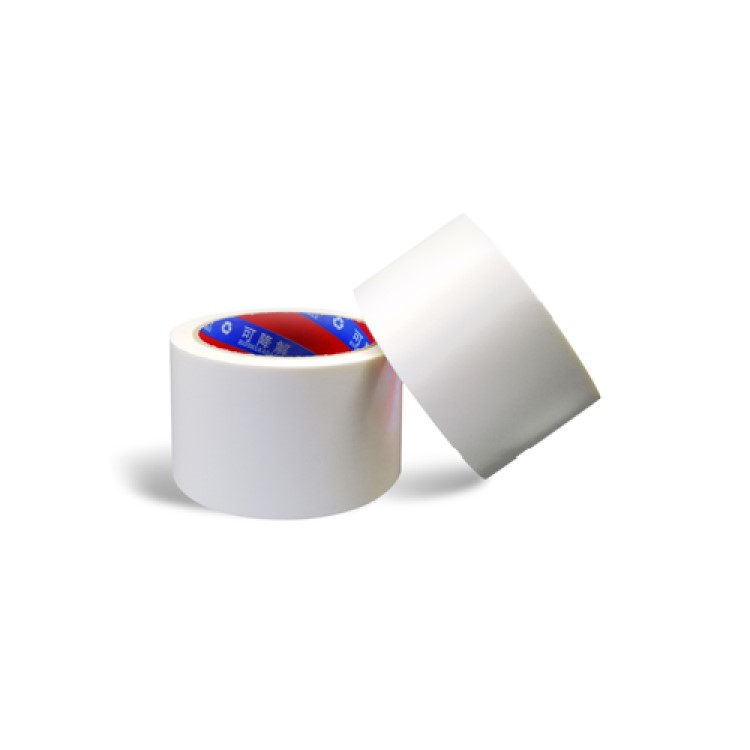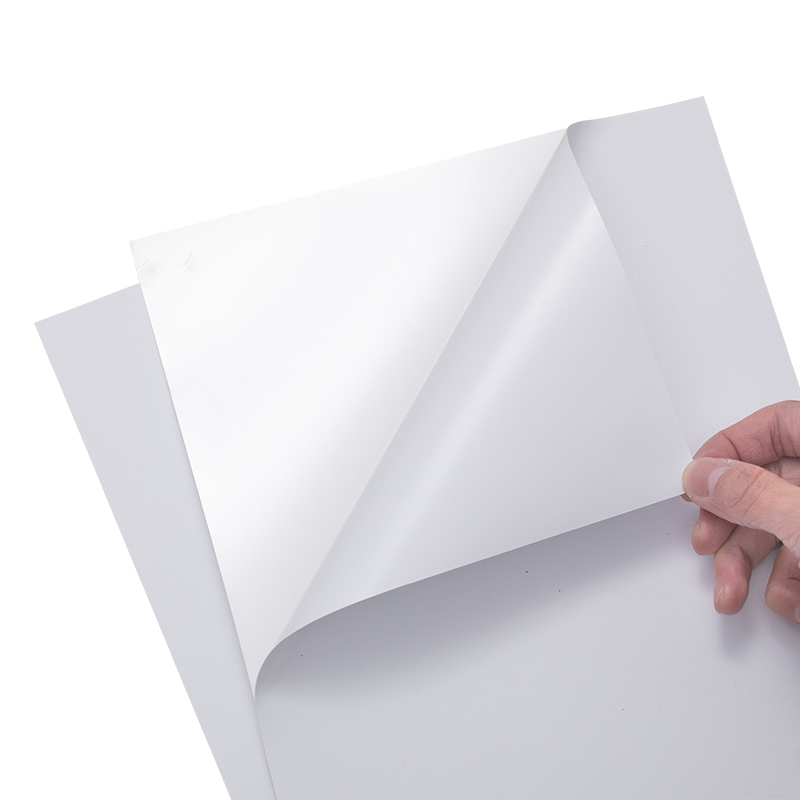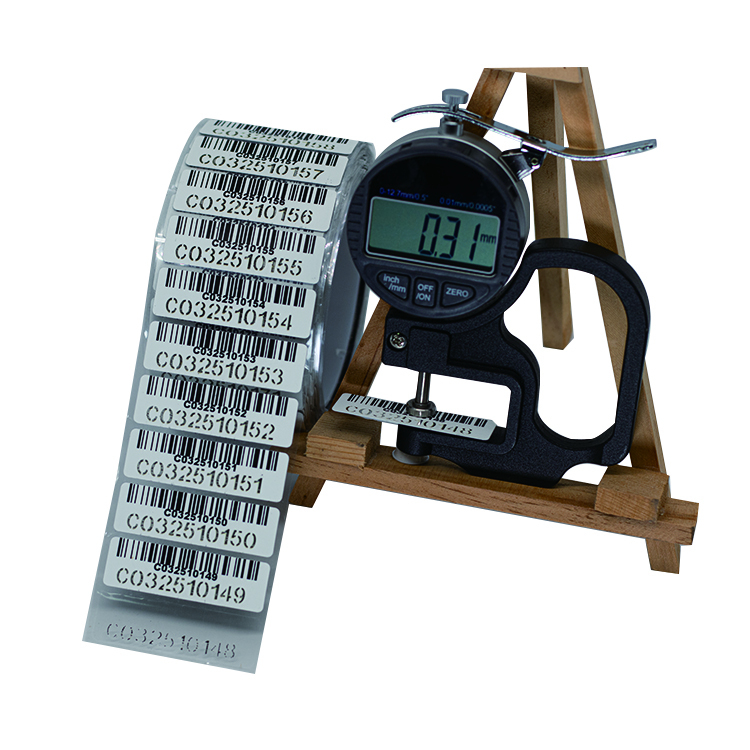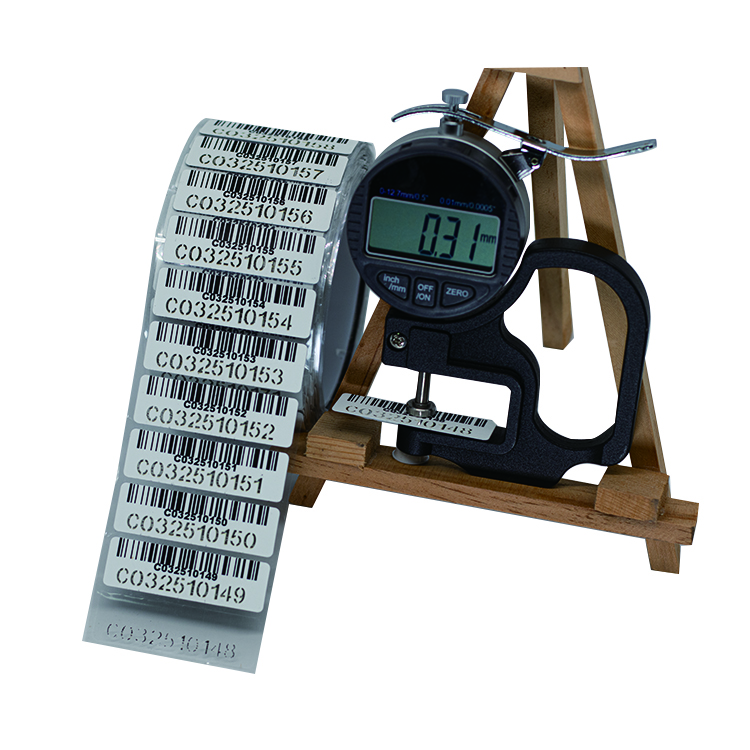Polyester film label
PET is the abbreviation for polyester film, which is actually a type of polymer material. PET exhibits good rigidity and brittleness, can withstand certain high temperatures, resist harsh environments, and protect against corrosion from acids, bases, and other chemicals. It is highly suitable for outdoor use and labels with high-quality requirements. Common colors include matte silver, matte off-white, shiny silver, shiny white, and transparent, among others. In terms of thickness, there are specifications such as 25 microns (1 micron = 1um), 50 microns, 75 microns, etc., which are related to the actual requirements of manufacturers. Polyester materials are thin but strong, and the surface coating facilitates ink adhesion; however, UV light is required during the printing process for curing. High-performance adhesives are suitable for various surfaces and are applied to product identification after processing and printing.
Trends in PET Label Development:
-
Globally, the use of packaging containers such as glass bottles and cans is decreasing, while the use of plastic containers is increasing. This will lead to a redistribution of market shares among various label products.
-
In-mold labels will experience moderate growth.
The increased use of lightweight glass bottles will continue to drive up the usage of shrink film labels, and the usage of plastic labels for PET bottles will grow rapidly. The value-added and application scope of adhesive labels for glass and plastic containers will further expand.
-
The rapid increase in printing equipment for variable information (such as text, barcodes, data, batch numbers, prices, and weights) will drive the development of variable information labels.
-
Non-paper and roll-to-roll printing are experiencing the fastest growth.
-
New technologies in digital design and imaging, as well as advancements in new materials, are making production processes increasingly digital.
-
There is growth in new combination printing technologies.
-
Environmental issues are receiving increasing attention.
What is the high temperature resistance of PET labels
The temperature resistance range of PET labels is up to 120°C.
PET labels excel in various applications due to their high-temperature resistance. This material not only has high transparency but also exhibits excellent high and low-temperature performance. It can be used for long periods at temperatures up to 120°C and can withstand short-term exposure to temperatures up to 150°C. This material maintains good mechanical properties in both high and low-temperature environments, allowing it to operate stably in various harsh conditions. Additionally, PET labels are resistant to acids, bases, and solvents, further enhancing their durability in various chemical environments.
The advantages of PET in label printing
-
It has good mechanical properties, with an impact strength that is 3 to 5 times greater than other films, and excellent fold resistance.
-
It is resistant to oils, dilute acids, dilute bases, and most solvents.
-
It exhibits excellent high and low-temperature performance. It can be used for long periods at temperatures up to 120°C, and can withstand short-term exposure to high temperatures of 150°C and low temperatures of -70°C, with minimal impact on its mechanical properties at these temperatures.
-
It has low permeability to gases and water vapor, providing excellent resistance to gases, water, oils, and odors.
-
It has high transparency, can block UV rays, and has a good gloss.
-
It is non-toxic, odorless, hygienic, and safe, and can be directly used for food packaging.
We offer comprehensive technical support, including free professional labeling solutions, advice on label materials and adhesive selection, as well as online/offline assistance from professional software and hardware engineers. Service email: andy@ownlikes.cn. In pre-sales, we leverage our extensive experience in specialty labeling projects to provide clients with the most suitable hardware solutions. Additionally, all our label barcode printers and scanners come with a three-year free warranty, demonstrating our confidence in our products.






This site is protected by reCAPTCHA and the Google Privacy Policy and Terms of Service apply.